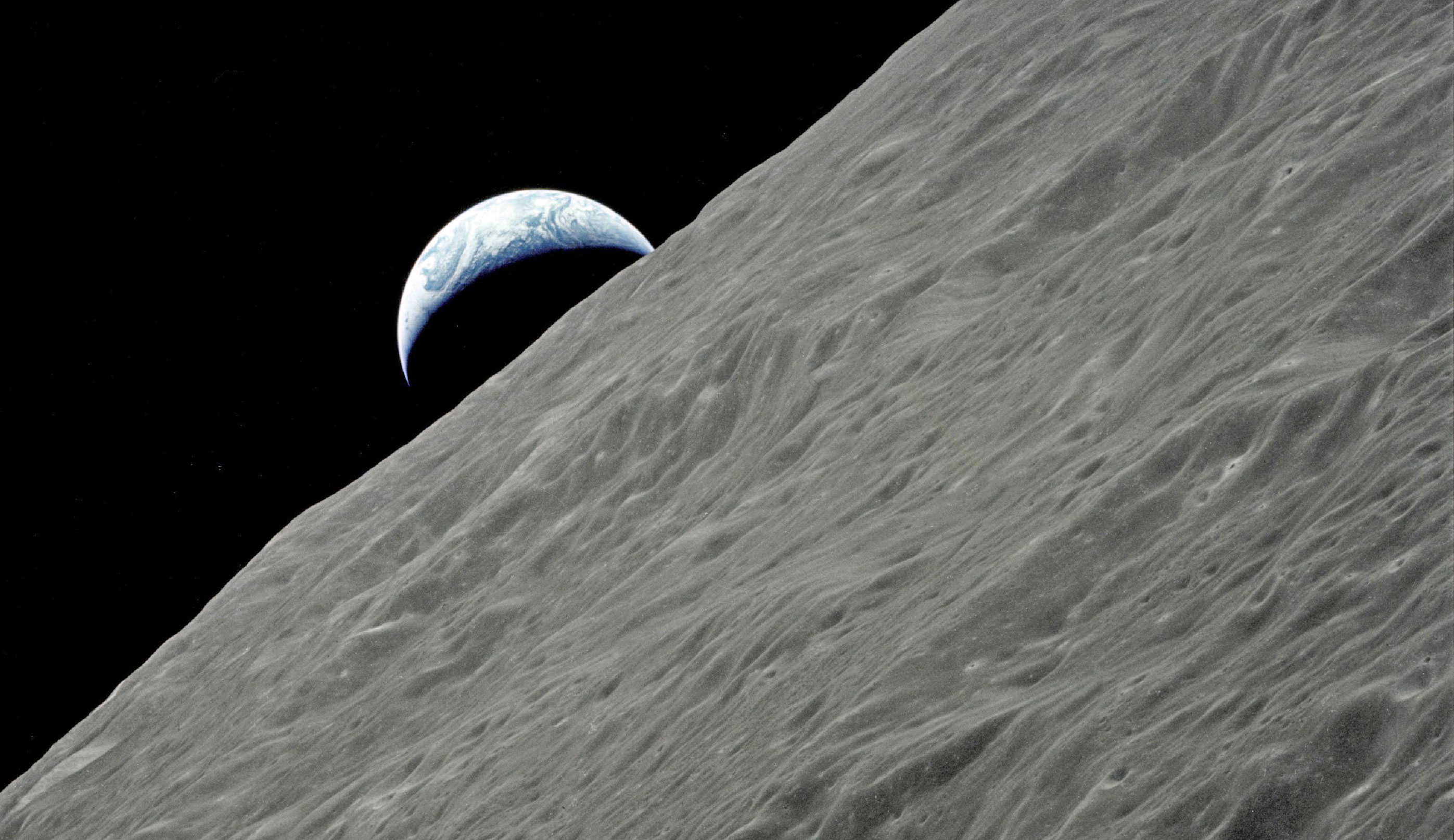New Earth-like planet could sustain life, scientists claim
A planet just 12 light years away from Earth orbitting a star similiar to our sun could be a suitable environment to sustain the right conditions for life, according to scientists.

Scientists have discovered a planet that could support life – orbiting a twin neighbour of the sun that is visible to the naked eye.
The planet is one of five thought to be circling a star that is just 12 light years away from Earth called Tau Ceti, which is near identical to the sun.
Astronomers have estimated the planet to be two to six times bigger than Earth and five times its mass, lying in the star’s habitable zone, the orbital region that is neither too hot nor too cold to allow liquid surface water and the formation of life.
The planet is thought to be close enough for humans to eventually travel there. Details of the discovery appear in the journal Astronomy & Astrophysics.
Dr James Jenkins, a member of the international team from the University of Hertfordshire, said: “Tau Ceti is one of our nearest cosmic neighbours and so bright that we may be able to study the atmospheres of these planets in the not-too-distant future.
The difficulties involved in detecting extra-solar planets mean that most discovered so far have had high masses but the Tau Ceti planets are thought to be the lowest mass solar system ever detected.
Scientists used a highly sensitive technique combining data from more than 6,000 observations from three different telescopes along with a radial velocity method, looking for “wobble” in a star’s movement caused by the gravitational tug of planets.
“Planetary systems found around nearby stars close to our sun indicate that these systems are common in our Milky Way galaxy.”
More than 800 planets have been discovered orbiting stars beyond the sun since the 1990s and those found around the nearest sun-like stars are the most interesting to astronomers.
Professor Steve Vogt, team member from the University of California at Santa Cruz, said: “This discovery is in-keeping with our emerging view that virtually every star has planets, and that the galaxy must have many such potentially habitable Earth-sized planets. They are everywhere, even right next door.”
In 2010 scientists discovered a planet 22 light years away that has temperature ranging from -24 to 10 degrees Fahrenheit, although its orbit is fixed so one side always faces the sun and the other side is permanently cold.
Scientists believe that these finds suggest that in future intelligent life could be found.
-
Latest news
-
Taylor Swift’s new break-up album breaks records3m

-
NHS trust fined £200K for failings that led to death of two mental health patients3m

-
Sunak vows to end UK ‘sick note culture’ with benefit reform3m

-
‘Loose talk about using nuclear weapons is irresponsible and unacceptable’, says head of UN’s nuclear watchdog3m

-
‘There wasn’t an Israeli attack on Iran,’ says former adviser to Iran’s nuclear negotiations team7m

-




